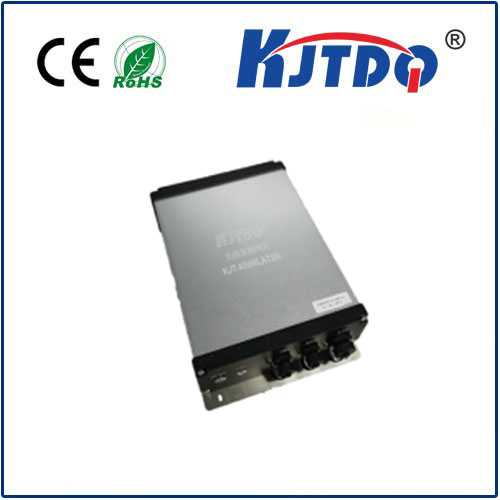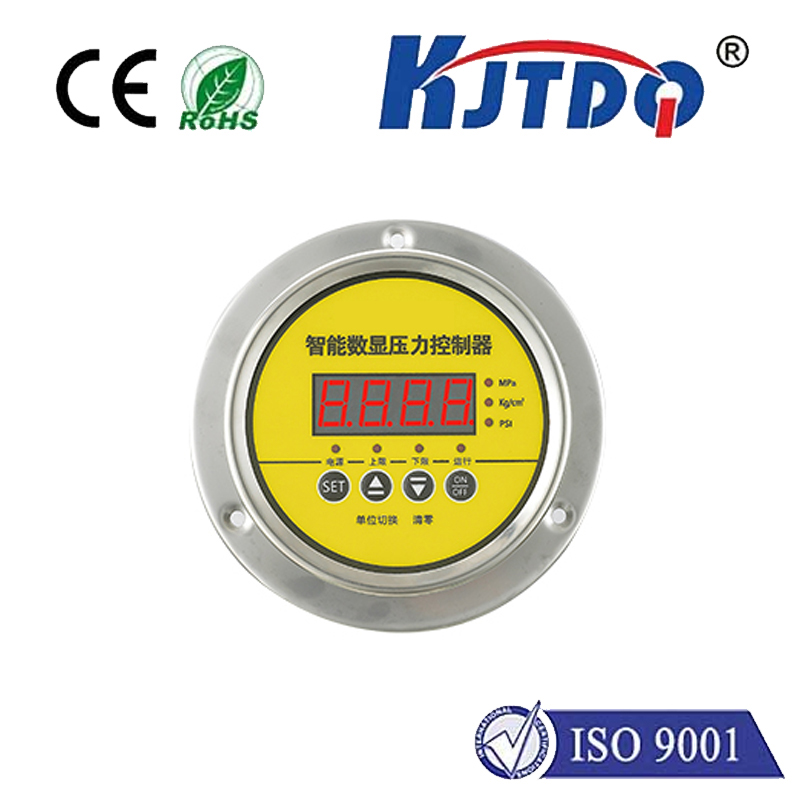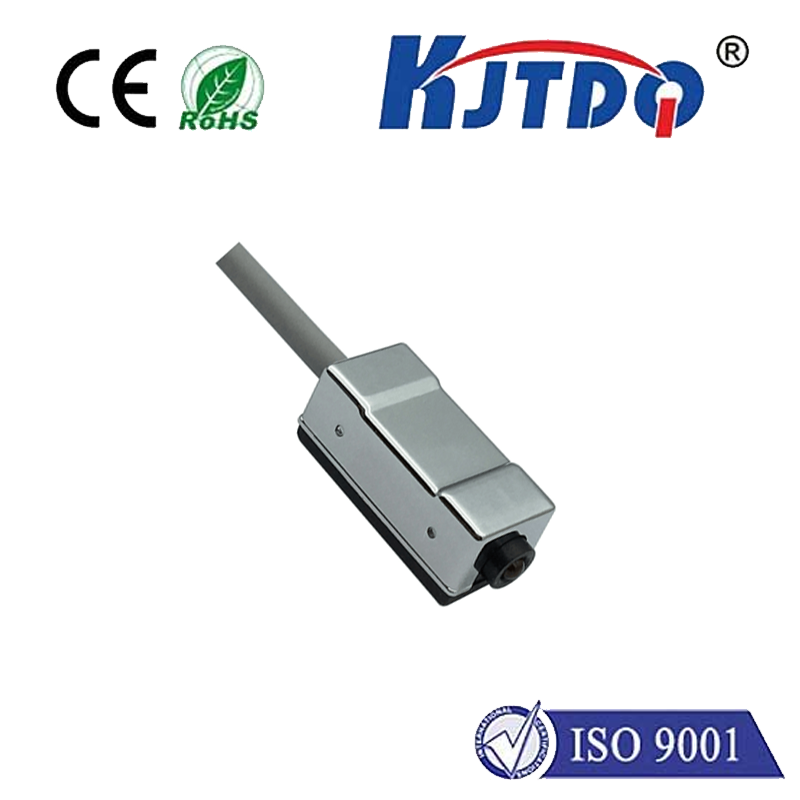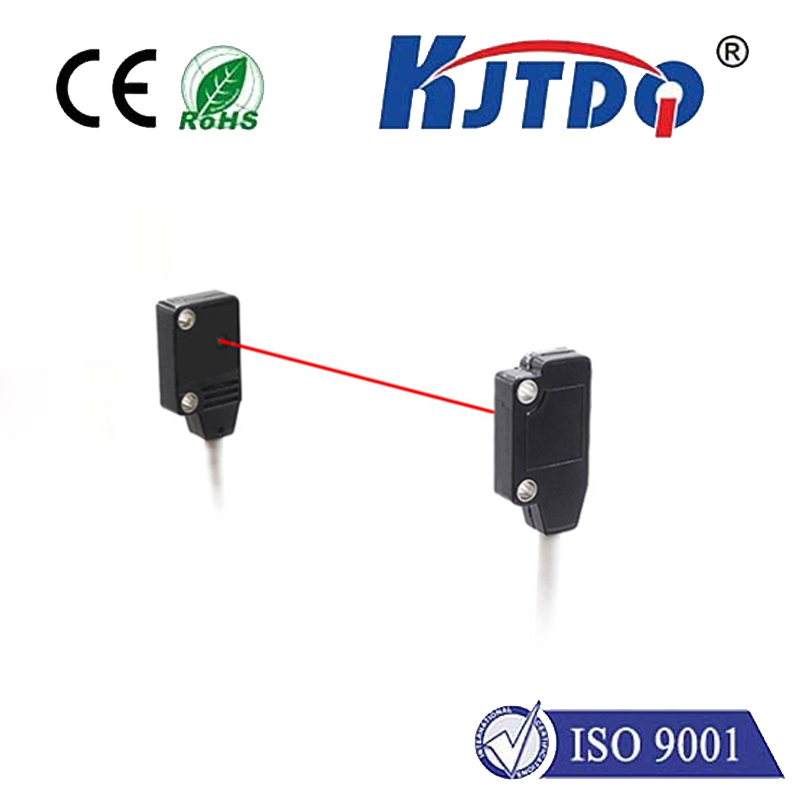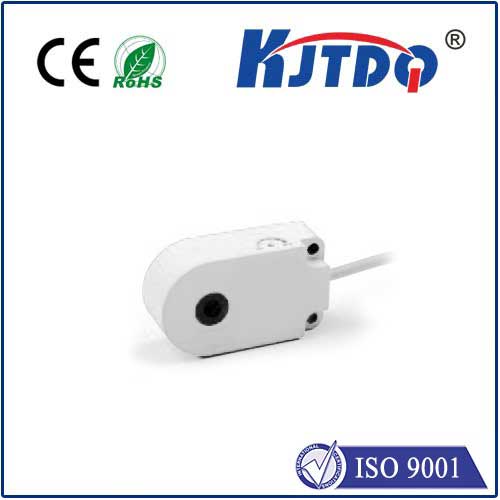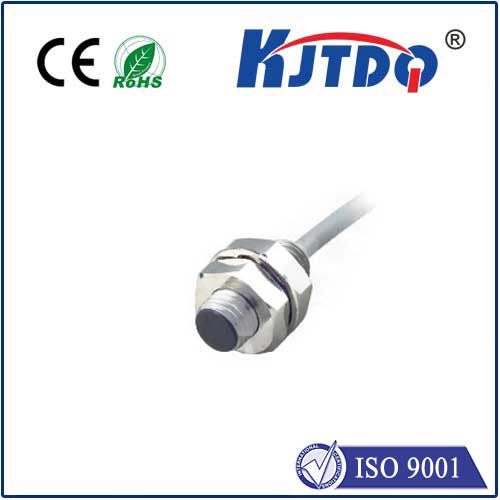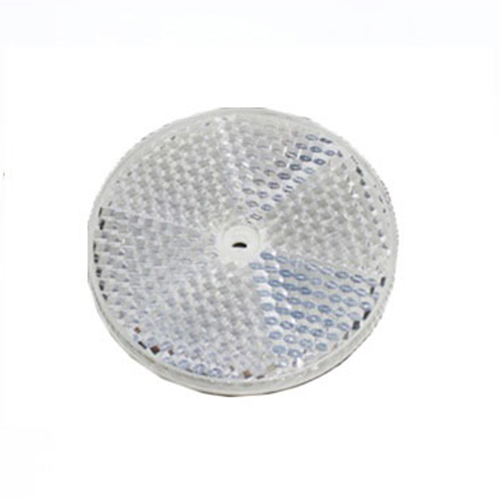autonics proximity sensor pr12 4dn
- time:2025-07-08 01:17:26
- Click:0
Autonics PR12-4DN: The Reliable 12mm Inductive Proximity Sensor for Demanding Automation
Imagine a harsh factory floor: vibrating machinery, constant dust clouds, coolant spray misting the air. Critical processes rely on pinpoint accuracy – detecting a metal part’s presence on a conveyor, confirming a cylinder has reached its end position, ensuring safety guards are closed. In this unforgiving environment, the Autonics proximity sensor PR12-4DN stands as a silent sentinel, delivering unwavering reliability and precision, shift after relentless shift. This unassuming 12mm cylinder isn’t just a sensor; it’s a cornerstone of robust industrial automation, trusted globally for its solid performance in detecting metallic targets without physical contact.
Engineered for resilience and accuracy, the PR12-4DN embodies Autonics’ commitment to quality within the competitive world of inductive proximity sensors. Its compact 12mm diameter housing, typically constructed from rugged nickel-plated brass, is built to shrug off the rigors of industrial life. The sensor boasts an IP67 ingress protection rating, meaning it’s utterly immune to dust ingress and can withstand temporary immersion in water up to 1 meter deep – crucial for environments plagued by washdowns or spills. Temperature extremes? It operates reliably within a broad -25°C to +70°C range.
Decoding the Name: PR12-4DN
The model number itself reveals key characteristics:
- PR: Indicates it’s a Proximity Sensor.
- 12: Signifies the sensor’s barrel diameter is 12mm. This is a popular size offering a good balance between compactness and sensing capability.
- 4: Represents the nominal sensing distance. For the PR12-4DN, this is 4mm. This is the standard distance at which it can reliably detect a standard target (usually a 1mm thick square of iron).
- D: Specifies the output configuration. “D” indicates this is an NPN Normally Open (NO) output transistor. This is one of the most common configurations, sinking current when a target is detected.
- N: Often denotes the connector type or specific internal design variant. In Autonics’ common nomenclature, it frequently refers to sensors with a pre-wired cable (typically 2m long).
How the PR12-4DN Works Its Magic: Non-Contact Sensing
Operating on the principle of electromagnetic induction, the Autonics PR12-4DN proximity sensor generates a high-frequency oscillating electromagnetic field from its sensing face. When a metallic target (ferrous metals like iron or steel offer the longest range; non-ferrous like aluminum or brass have a reduced range) enters this field, it induces eddy currents within the metal. These currents absorb energy from the sensor’s oscillator, causing its amplitude to decrease. The sensor’s built-in detection circuit monitors this change and triggers its solid-state NPN output to switch states – effectively closing the circuit (sinking current to common) when the target is present (NO configuration).

Key Specifications and Features:
- Sensing Distance: Nominal 4mm (Actual operating distance typically 3.2mm - 4.8mm, depending on target material and conditions).
- Output Type: NPN Normally Open (NO) transistor (Complements the common PNP variants).
- Housing Material: Durable Nickel-Plated Brass (Common for PR12 series, offering excellent corrosion resistance).
- Operating Voltage: Wide 10-30V DC range, compatible with most industrial control circuits.
- Output Current: Up to 200mA, sufficient to drive PLC inputs, relays, or small solenoids directly.
- Response Frequency: Up to 1kHz (1000 detections per second), suitable for high-speed applications.
- Protection: IP67 rated (Dust-tight and protected against temporary immersion).
- Connection: Typically features a flexible PVC sheathed 2m cable.
- LED Indicator: Built-in status LED (usually red) provides visual confirmation of operation and target detection.
- Short-Circuit & Reverse Polarity Protection: Built-in safeguards enhance reliability and longevity.
- Maintenance-Free Operation: No moving parts to wear out, ensuring long service life.
Where the Autonics PR12-4DN Excels: Diverse Applications
The robustness and reliability of the PR12-4DN make it indispensable across numerous industries:
- Machine Tooling: Detecting tool positions, part presence in jigs or fixtures, end-of-stroke confirmation on cylinders, spindle positioning.
- Material Handling & Conveying: Monitoring object presence on conveyors, counting metallic parts, detecting pallet positions, verifying bin levels.
- Packaging Machinery: Confirming carton flap closure, detecting metal components (lids, cans), verifying product entry/exit. Its IP67 rating is vital here.
- Automated Assembly: Ensuring components are correctly seated before joining operations, verifying robotic arm positions.
- Automotive Manufacturing: Part verification on assembly lines, robotic weld gun positioning, door/hatch open/close detection.
- General Industrial Control: Position feedback for actuators, safety interlock verification (guards in place), level control for metallic objects.
Comparing the PR12-4DN to Siblings: The S12 Series
Autonics offers sensors with very similar specifications under the “S12” model prefix (e.g., S12-4DN). The PR12-4DN and S12-4DN are often functionally equivalent, sharing core specs like 12mm diameter, 4mm sensing distance, NPN NO output, and IP67 rating. The distinction usually lies in minor cosmetic differences (shape of the sensing face, exact LED indicator position) or regional branding/sourcing. For all practical purposes in selecting a part, they are interchangeable. Always double-check the specific datasheet for the exact variant you are considering, but the performance expectations are identical.
Why Choose Autonics PR12-4DN? The Competitive Edge
Beyond its solid specifications, several factors solidify the PR12-4DN’s position as a top choice:
- Proven Durability: Autonics sensors are renowned for their longevity in tough conditions. The nickel-plated brass housing and robust internal construction deliver exceptional resistance to shock, vibration, and environmental contaminants.
- Consistent Accuracy: High-quality manufacturing ensures tight tolerance on sensing distances and reliable switching behavior, critical for precise automation.
- Wide Voltage Range: The 10-30V DC operating window provides significant flexibility in integration with different control systems.
- Global Availability & Support: Autonics has a strong worldwide distribution and support network, making sourcing replacements or getting technical assistance straightforward.
- Excellent Value: Offering professional-grade reliability and performance at a competitive price point compared to premium European brands, it represents significant value for industrial users.
Installation Tips for Optimal Performance:







